When to Fertilize Lawn: A Complete Fertilizing Tips
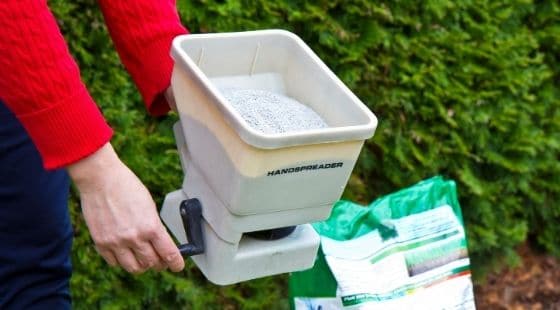
To a certain extent, lawns are somewhat similar to human beings. They require a good diet and proper care for them to perform highly and stay beautiful. For instance, green and lush lawns depend on properly timed, balanced nutrition to look and develop to their best; however, in as much as people know that lawns need fertilizer to grow. They make mistakes like applying the wrong nutrients, fertilizing at the wrong time, and using more than necessary fertilizer. Therefore, understanding when and how to feed your lawn can help you grow a healthy and beautiful thick turf.
Firstly Identify Your Grass Type:
The main two types of grasses are warm-season grasses and cool-season grasses. Your lawn fertilizer schedule is likely to depend on the type of grass you have. Each type of grass has its unique growing season and needs a different lawn fertilizer schedule. Once you have identified your lawn type, you can figure out when to feed your grass and choose the type of fertilizer that best suits it.
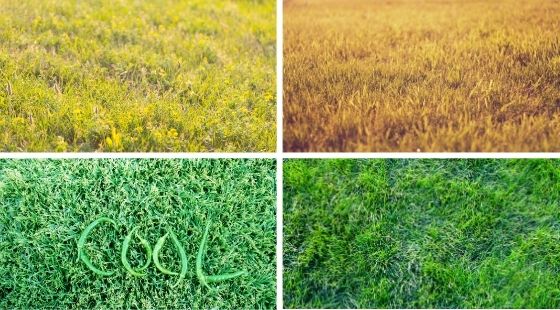
Seasonal Grass Types
Cool-season grasses
Cool-season grasses grow well in lower temperatures and have two peak growing periods—one in the early spring and another in the early fall. For this reason, high summer temperatures and lack of water may cause cool-weather grasses to be dormant until chilly temperatures arrive, and more water is readily available.
Warm-season grasses
Warm-season grasses benefit from warm temperatures, and mostly midsummer is their ideal growing season. These grasses are tough, and they form a thick lawn cover that becomes denser over time.
When to Fertilize Your New Grass:
I recommend that when you are starting a new lawn from sod or seeds to use a starter fertilizer. This type of fertilizer helps grass get the much-needed perfect start. Starter fertilizer provides new grass with extra phosphorus, an essential plant nutrient that supports strong and deep roots. It is advisable to always follow guidelines for the best time to plant grass seed for your region and grass type to fertilize accordingly.
You should use a fertilizer spreader for seed or plugs before planting. If you are starting a lawn with sod, it is ideal for you to fertilize after your sod is in place. Like any other new lawn area, it is wise for you to avoid using crabgrass preventer fertilizers or weed and feed fertilizers within four weeks before planting time. After seeding, it is ideal for you to wait until your new grass gets established, and your lawn has mowed at least three times.
When to Fertilize Your Established Lawns
The actual timing depends on your region and the type of turf grasses you have. For the best information and recommendations for your area, contact an expert at a local garden center, or reach the nearest cooperative extension office. The turf specialists and agronomists will help you keep your existing lawn looking beautiful all year round. They are likely to recommend a fertilizer plan that carters for your lawn are changing seasonal needs. Below is a four-part annual lawn fertilizer program that you can follow to fertilize your existing lawns effectively:
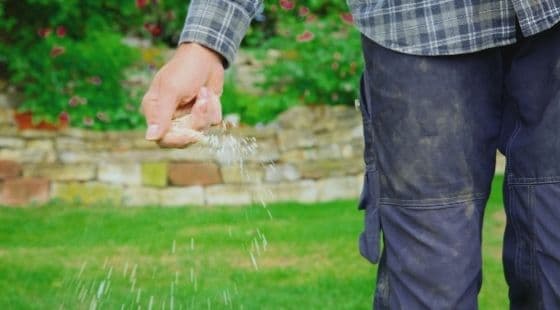
Fertilizing lawn
1. Early Spring
In early spring, temperatures warm, and weed seeds start to germinate. Therefore, it is recommended for you to choose the type of fertilizer that prevents new weeds and feeds your lawn in the process like the Crabgrass Preventer Plus Fertilizers. These types of fertilizers can stop new weeds before their roots get established and control them for up to five months. You must consider the timing when using these types of fertilizers to achieve the best results. For example, you have to ensure that the fertilizer is applied before crabgrass seed germinates. It is advisable to use a fertilizer spreader to actively growing turf and give your lawn at least 5 inches of water from rainfall or irrigation within 14 days.
The benefit of using Crabgrass Preventer Plus Fertilizers apart from weed control is that they deliver iron and fast-acting nitrogen for immediate greening. They further slow the release of nitrogen for extended feeding for up to three months. Therefore, you must always follow the label instructions for your specific grass type. You should avoid applying Crabgrass Preventer Plus Fertilizers within 60 days of overseeding. Instead, wait until the following year before treating new sod.
2. Late Spring
Warm-season grasses increase in warm weather. Hence, you need to feed warm-season grasses from late spring to early fall. Failure to that, if you feed too early in spring, the nitrogen likely promotes the rapid growth of cool-season weeds. If you also fertilize too late in fall, the grass is likely to be less hardy as it enters cold weather and more vulnerable to winter injury. The other problem in late spring is that existing weeds start to actively grow as weed & feed fertilizers combine broadleaf weed killers with nutrients.
Therefore, it is recommended for you to choose the type of fertilizer that is premium blended like the Pennington UltraGreen Weed & Feed 30-0-4. This type of fertilizer treats your grass and kill weeds from tip to root. It further feeds your lawn essential nutrients for thick growth and vibrant color. The other benefit of using Pennington UltraGreen Weed & Feed 30-0-4 is that it keeps feeding for up to three months. This type of premium blended fertilizer is designed especially for southern lawns like Bahiagrass, Bermudagrass, Centipedegrass, St Augustinegrass, and Zoysiagrass. It kills tough existing weeds and keeps controlling new weeds for up to three months while feeding your lawn with the essential nutrients it needs.
Hence, it is essential that you always check weed and feed labels for your specific grass type and follow instructions carefully. For optimum results, it is advisable to check the weather forecast before application to ensure there is no heavy rain for the next one to two days. The best time to apply the fertilizer is in the morning when the grass is wet with dew.
Kindly note, if you are planning to overseed, avoid fertilizing for four weeks before. After overseeding, it is recommended that you wait until your third mowing occurs. If you are sodding, springing, or plugging, wait four weeks before you apply the fertilizer so that new grass can start without delay.
3. Summer
The optimal growing period for warm-season grasses is in summer when temperatures are warm. As growth becomes visible during this season, keep an eye on your lawn and apply it just as the grass starts turning green. Four pounds of nitrogen-rich fertilizer per thousand square feet of lawn per year should get fed to warm-season grasses. You can choose between slow and quick-release fertilizer types, but ensure that the application is fully absorbed before the onset of high temperatures
It is also important to note that warm-season grasses thrive in the heat of the summer and can get fertilized throughout the growing season. During this period, proper feeding helps strengthen lawns against heat and drought. Therefore, to keep your lawn beautiful and resilient, you should use premium fertilizers like the Pennington Ultra-green Lawn Fertilizer 30-0-4. This premium lawn fertilizer is ideal for both northern and southern lawns as it keeps feeding for up to three months.
It further provides your lawn with the essential nutrients like iron for vibrant color, which results in you getting a thick and lush green grass. For the best results, I recommend that you always check the label for your specific grass type and follow instructions accordingly. Kindly note that if used as directed, the Pennington Ultra-green Lawn Fertilizer 30-0-4 can get applied in both wet or dry lawns without worrying about fertilizer burn.
After applying the fertilizer, it is crucial to water the grass thoroughly and washes the grains off the blades of grass also into the soil. This is done to ensure that the soil fully absorbs the treatment. I recommend that you apply another second round of fertilizer once the peak summer heat has passed.
4. Late Summer to Late Fall
In late summer to late fall, grass slows down and prepares for the winter months, and broadleaf weeds start actively grow again. Therefore, winterize fertilizer should be used to feed your northern or southern lawn with essential nutrients. These nutrients will help the lawn prepare for winter and easier spring green-up and kill broadleaf weeds. You must allow six to eight weeks between fertilizing and your first expected frost.
The recommended brand to use in late summer to late fall is the Pennington UltraGreen Winterize Plus Weed & Feed Fertilizer 22-0-14. This is because it can kill most weeds like the henbit, dollar weed, white clover, plantain, and chickweed. The other benefit is that the product is easy to apply and contains 5% iron for a deep green lawn. It has extended feeding for up to 3 months and comes with resealable packaging. Just like any other fertilizer product, it is essential to use the product to check the label and follow instructions for the type of your grass.
The optimal growing period for cool-season grasses is during the fall. To ensure optimal health, you should consider fertilizing heavily in the fall. You can either choose slow- or quick-release fertilizer types. However, ensure that you apply the treatment before the temperatures peak in summer when these types of grasses are most likely dormant. Cool-season grasses require one to two pounds of nitrogen-rich fertilizer per 1,000 square feet per year. To protect your lawn during the cold months, you can further visit the local gardening center to buy special winter fertilizers.
Don’t Fertilize Lawn Often:
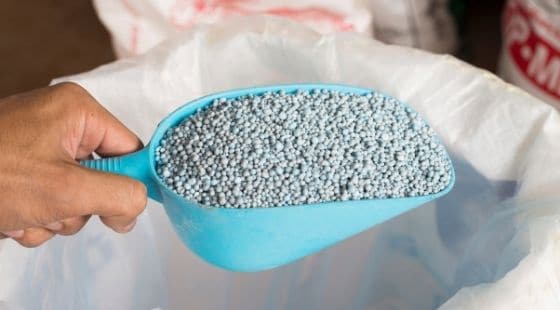
Avoid Much Fertilizing
Lawns do not need too much fertilizer as regularly fertilizing them may cause the nitrogen imbalance and salt levels in the soil to increase and may damage the grass. The damage is seen through yellow to brown strips or patches of dead grass. This damage may get best treated through leaching the excess fertilizer out of the ground and reseeding dead patches. Applying fertilizer twice a year is enough to keep most lawns green and healthy. You should accurately measure your fertilizer and apply it according to your climate and mostly on the type of grass you have. Therefore, it is advisable to fertilize during the season when your lawn is doing the most growing.
Considerations When Fertilizing Your Lawn
When fertilizing at the right time of year, you must select the correct day as well. It is advisable to fertilize your lawn the day after a hard rain or significant watering. Before feeding your lawn, check the weather forecast and avoid applying fertilizer right before a rainstorm. This is done to minimize the negative impacts that a torrential downpour may have on your fertilized lawn. For instance, torrential downpour can cause many of the nutrients to leach out of the soil before the grass can use them. Just go through some several things to consider so that you can obtain excellent results.
1) Avoid fertilizing at the wrong time.
For instance, fertilizing your lawn during periods of drought as most fertilizers need several watering to soak into the soil. Letting fertilizer to sit on top of the lawn can burn the grass. If you want to feed your lawn in periods where watering restrictions are in place due to drought, you should delay the application until the cooler weather arrives.
2) Determine the quality of your grass
When your lawn is dormant, avoid applying nitrogen-rich fertilizer as nitrogen has a growth stimulant that can increase unwanted weed growth if applied during dormancy. Therefore, delay your scheduled fertilizing treatment, if you have endured a long winter, and your grass is not yet growing.
3) Carefully read the labels of your fertilizer
Before fertilizing your lawn, read the label to find out how long it is formulated to last. For example, some time-released brands will slowly distribute nutrients over a two to eight-month period. Therefore, you must leave sufficient time between applications to avoid over-fertilization, which may damage your lawn.
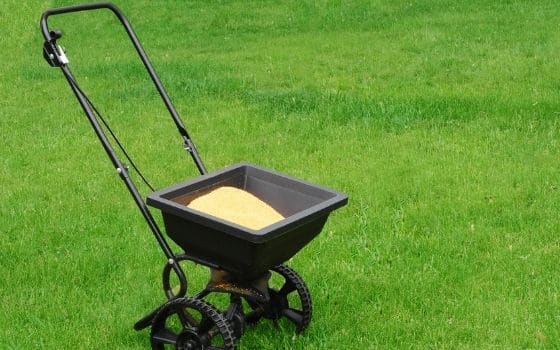
Fertilizer Spreaders
4) Follow Essential Practices for Best Outcome
When you are applying fertilizer, it always necessary to follow best practices for fertilizer safety. In order to achieve the best results, you must mow your lawn one to two days beforehand. Afterward, set your fertilizer spreader to the setting recommended on the product label. When using drop fertilizer spreaders, it is essential to start with two strips across your lawn’s ends. After that, work back and forth while overlapping each swath slightly. When using broadcast fertilizer spreaders, start on the outside and work in a while overlapping somewhat as you go.
5) Cleaning up After Fertilizing Your Lawn
Ensure that you always shut the hopper when you stop and turn to prevent a fertilizer pile. No matter how careful you are, the fertilizer spreader will occasionally throw fertilizer onto your driveway and sidewalk. Therefore, if that likely happens, carefully sweep excess fertilizer off these hard surfaces to avoid iron stains and fertilizer runoff. If you do not sweep up and collect the excess fertilizer, it is likely to add extra pollution. Through being washed away into storm drains and ending up in rivers, streams, and lakes.
Frequently Asked Questions
1. Should I fertilize and plant grass seed on the same day?
No, you should not, as it may cause an uneven distribution of the materials. As a result, your lawn is likely to have patchy areas or seedlings burned by excess fertilizer. It is advisable to spread the fertilizer just before planting the seed.
2. Must I mow the lawn before I spread fertilizer?
It is advisable to apply fertilizer after the lawn has been mowed, so it has a few days to absorb the fertilizer.
3. Why is fertilizer placed before rainy seasons?
Fertilizer is placed before the rainy season to avoid it from running off into your local storm drains and streams before it can break down and be absorbed.
4. What is the best time to fertilize your lawn
The ideal time to fertilize your lawn is just as it is running out of food from its last feeding, which is about three months after the last fertilization.
Final Thoughts
Summatively, when determining the perfect time to fertilize your lawn, you must identify your lawn type. This may assist you in coming up with a lawn fertilizer schedule that considers different growing seasons for different types of grass. When fertilizing a new lawn from sod or seeds, then you should use a starter fertilizer. When fertilizing existing lawns, it is important to consult local garden centers or turf specialists to get an annual lawn fertilizer program.
The program acquired may have the best information and recommendations that carter for your lawn are changing seasonal needs. To avoid burning your grass when fertilizing your lawn, you need to ensure that you don’t use too much fertilizer. When fertilizing your lawn, you should consider the right equipment, time, and fertilizer safety best practices.

Kazi Taslim
Editor
Poweredgrip ensures an expert team of writers, to provide you with excellent informational and unbiased content. We are dedicated to giving you much smoother and best up to date information. We share the incomparable tricks, tips that give you awareness and confidence for making your buying decision. We are a very enthusiastic, dedicated and hard worker. Kazi Taslim is the Author and Editor of our experienced writing team.
Related Post
Benefits of Mulching | Tips on Mulching Grass Clippings
When starting to cultivate your interest in gardening, you will constantly be looking for ways to improve your plants. You could be curious if getting dirty from handling the mulch is worth it. Well, you have searched in the right place at the right time as well. In...
Winter Lawn Care | Basic Tips of Winter Lawn Care
Winter is characterized by extreme weather conditions that can stress your lawn, making winter lawn care important. Cold and dry spells are likely to reduce the growth rate of your lawn. Most grasses enter dormancy during this cold season. Also, to make matters worse,...
Best Time to Dethatch Lawn | Lawn Dethatching Tips
We all see lawns in parks or around buildings such as a house, office, apartments, or commercial premises. Gardens provide an enticing look, and people keep and maintain lawns for the scenic or recreational feel. However, this beautiful green requires a lot of work...
Lawn Mowing Safety Tips | To Know Before You Mow
Mowing your lawn is one of those "macho" chores that are generally regarded as masculine. The whole idea of crank starting the mower's petrol engine and getting all sweaty pulling and pushing it forth makes one feel invincible. "What could really go wrong?" you might...
When to Start Mowing Lawn | The First Cut of The Year
Lawn mowing is not an event confined to a specific calendar date. Instead, you should monitor your grass length and mow only when necessary. Every homeowner or gardener needs to know when to start mowing lawn to maintain a clean and neat grass cut. This article will...
How Often to Mow Lawn: Guide to Avoid Mowing Mistakes
It is said sweet comes from sweat. The same goes for achieving a good lawn. You do not just wake up one day and see a beautiful lawn in your yard. You need to maintain your lawn if you want it to be healthy and beautiful. Mowing grass is a must-do if you're going to...

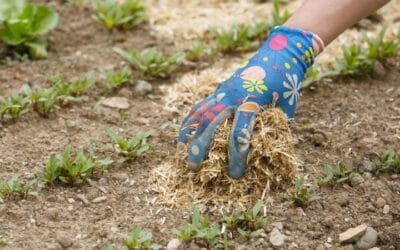

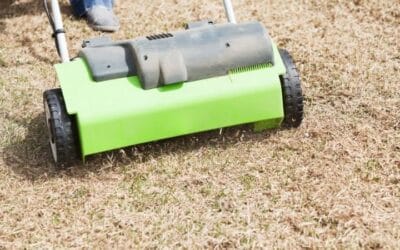
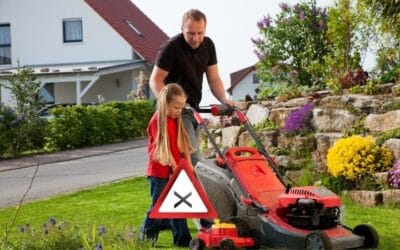
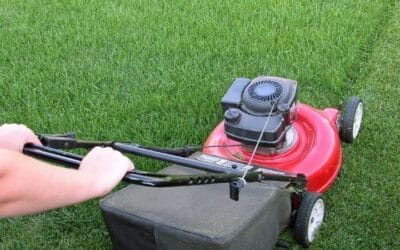
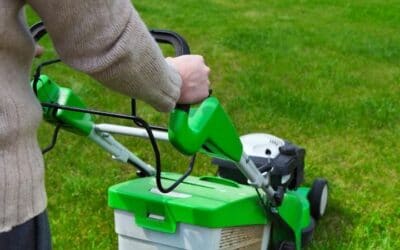
Trackbacks/Pingbacks